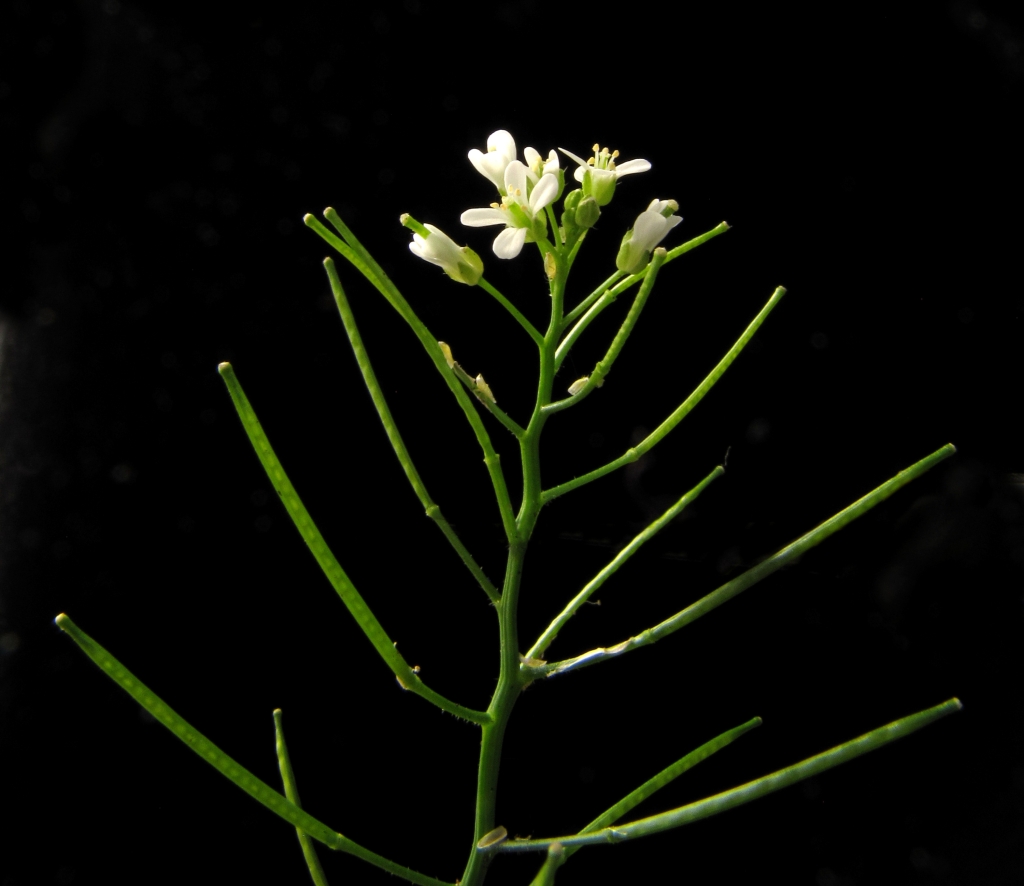Brassicaceae
Ephemeral, annual, biennial or perennial, herbs, subshrubs or rarely shrubs. Leaves alternate; lamina entire to deeply dissected, sometimes on same plant; stipules absent. Inflorescence a raceme, corymb or panicle, usually without bracts. Flowers bisexual, actinomorphic; sepals 4, in 2 whorls, the inner pair often cupped at the base; petals 4, usually with claw, usually spreading above the claw to form a cross (hence the earlier family name Cruciferae), sometimes absent; stamens usually 6, occasionally 2 or 4, free, erect, hypogynous, typically with outer whorl of 2 short stamens and inner whorl of 4 long stamens; nectaries associated with stamens; ovary superior, of 2 fused carpels, bilocular, false septum typically present and persistent after seed dispersal; style usually persistent in fruit, simple, stigma usually bilobed; placentation parietal. Fruit usually pedicellate, dry, usually dehiscent; cotyledons inside seed folded or flat.
350 genera, mostly northern temperate, some cosmopolitan; 58 represented in Australia.
The key is based largely on fruit morphology but flowers and leaves (from base and stem) are required in some cases. Dried, mature fruits are essential for assessing shape and surface markings: e.g. green fruits of Raphanus raphanistrum do not show the characteristic constrictions between seeds. Note that in the genus and species descriptions, the style and stigma are described as part of the fruit (rather than the flower) since it is in the fruiting stage that they will be mostly observed.
Entwisle, T.J. (1996). Brassicaceae. In: Walsh, N.G.; Entwisle, T.J., Flora of Victoria Vol. 3, Dicotyledons Winteraceae to Myrtaceae, pp. 399–459. Inkata Press, Melbourne.
 Spinning
Spinning

